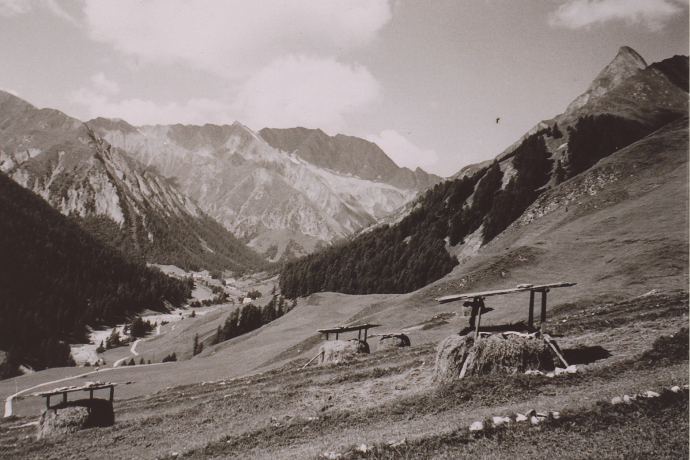How Samnaun became duty free
History of Samnaun
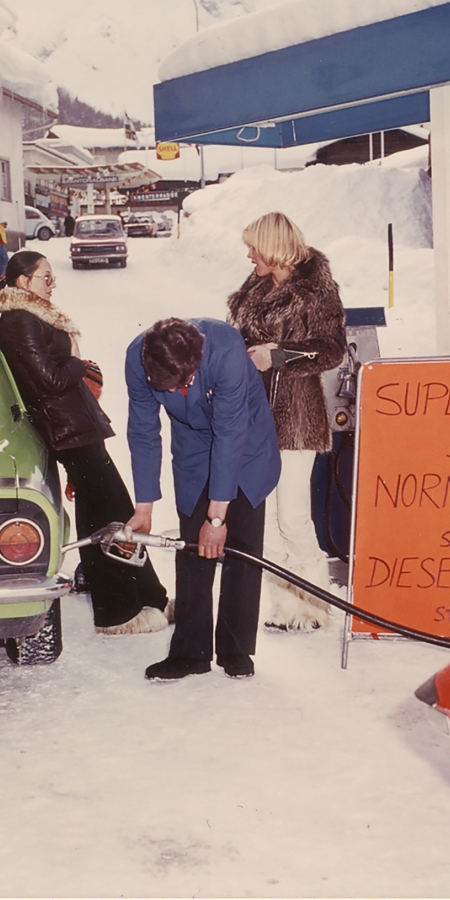
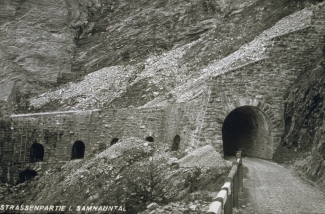
Duty free status since 1892
With the centralization of the Swiss customs system in 1848, a customs office was also established in Samnaun-Compatsch. The introduction of customs put an abrupt end to trade with Tyrol, as all goods had to be cleared through customs to Samnaun, which was an economic disadvantage for the Samnaun farmers. In 1892, therefore, the Federal Council decided that the Samnaun valley became duty-free. This status has remained until today, although since 1912 there has been the access road over Swiss territory from Martina to Samnaun. The road is affectionately called "Adventure Road" by visitors because of the three remaining single-lane tunnels and the spectacular alignment. With the road also the first tourists came to Samnaun: after the opening of the Samnaunerstrasse it was not long before the first inns were opened in Samnaun. Special: In the canton of Graubünden there was a ban on motorized cars until 1925, so guests traveled by horse-drawn carriages.
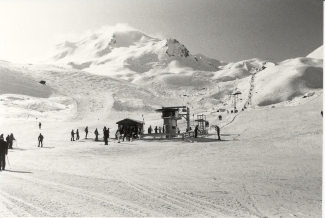
Winter tourism development
In many places in Switzerland tourism came to a standstill during the Second World War, including Samnaun. It was not until the founding of the Samnaun-Compatsch Spa and Tourist Association in 1951 that a new era began. In 1954 the first small ski lift was built in Samnaun village. At the beginning of the 1970s a tourist lull set in. It was not until the construction of the first aerial cableway in 1978 and the ski lifts on Alp Trida and the merger with the Ischgl ski area that the Samnaun valley experienced a new upswing. The success was overwhelming, so that soon there were long waiting times at the valley station of the aerial cableway. In 1995, therefore, the world's first double-decker cable car, the Twinliner with a capacity of 180 people per gondola, was opened. Since then, waiting times in Samnaun have been a thing of the past.
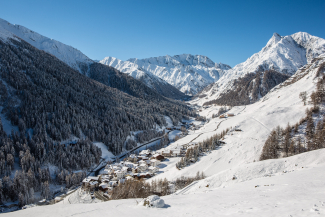
Samnaun and its 5 factions
Samnaun is not just a village, but a municipality consisting of five fractions; Compatsch, Laret, Plan, Ravaisch and Samnaun village. Together they form the municipality of Samnaun, which lies between 1700 and 1840 metres above sea level and covers an area of around 56 square kilometres.
Here you can find out more about the fractions.
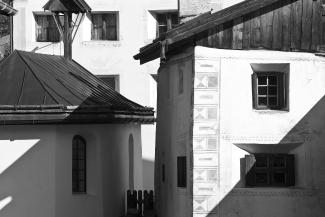
The language of Samnaun
In Samnaun, originally and until the 19th century, Rhaeto-Romanic was spoken in the majority; the Romansh field names still bear witness to this today. Today, a Tyrolean dialect is spoken in Samnaun; Samnaun is thus the smallest linguistic minority in Switzerland. Reasons for the Tyrolean dialect in Samnaun are the lively trade with the Tyrol, the settled Tyrolean families in the Samnaun valley and also the religion: Samnaun - like the Tyrol - remained mainly Catholic even after the Reformation in the 16th century. When people in Samnaun were looking for a new teacher or pastor, they therefore tended to orient themselves towards the Tyrol.
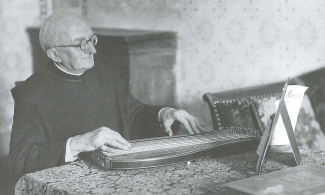
Father Maurus Carnot
Father Maurus Carnot was born on January 27, 1865 in Samnaun-Laret with the name Johannes. After 5 years at the Maria Hilf College in Schwyz, he studied philosophy and theology at the University of Innsbruck. Along the way he wrote as a correspondent for the "Bündner Tagblatt".
After his studies he entered the monastery of Disentis in 1885. In 1909 he was appointed by the Federal Council to the Swiss Schiller Foundation. Father Maurus Carnot wrote numerous dramas, stories and poems. He died on January 2, 1935 at the age of almost 70.
Learn more about the life of the famous Samnauner
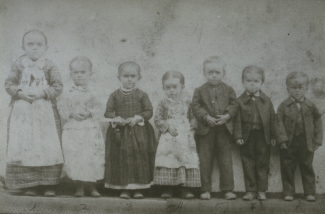
«The Samnaun Dwarfs»
Between 1873 and 1892, 8 short people were born in Samnaun in 4 different families, all of whom grew only about 80 cm to about 1 meter tall. The last short person died in 1959. The short people were considered an attraction by the guests and were often photographed. Short stature is a recessive mutated growth hormone gene.
